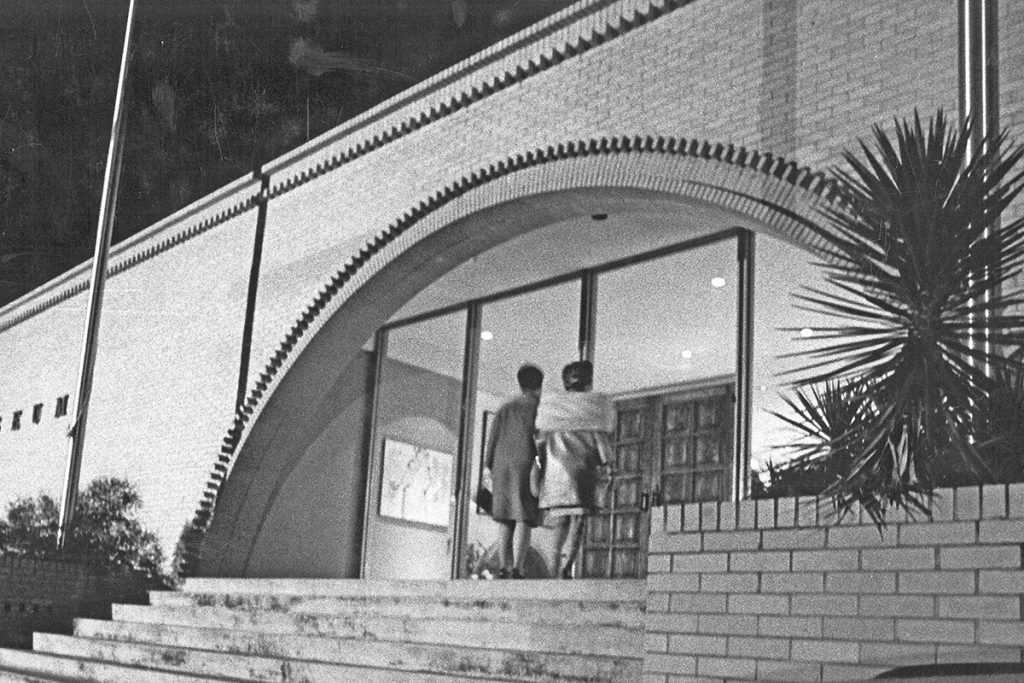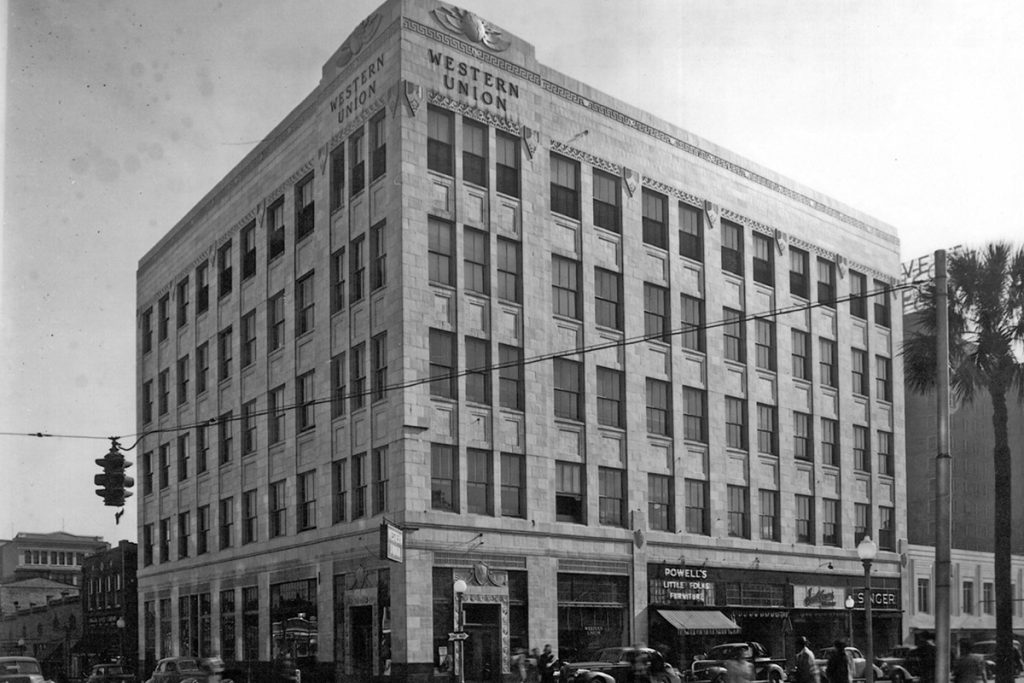MOCA: 100 years of beauty
Posted on July 2, 2024 By Editor Top Stories

One of Jacksonville’s premier arts and cultural institutions marks its centennial this year, as the Museum of Contemporary Art Jacksonville (MOCA) celebrates a century of showcasing the arts.
Founded in 1924 as the Jacksonville Fine Arts Society, it was the first visual arts organization in Jacksonville and one of the first art museums in the state of Florida. The museum grew out of the work of the Woman’s Club of Jacksonville, which regularly hosted art exhibitions for the public, with the purpose of fundraising for the city’s public schools. The civic-minded women of the club were some of the most influential changemakers in Jacksonville during the early 20th century.
Merrydelle Hoyt – longtime chair of the club’s art department – along with Rose Tharp, Louese Washburn and Edith Harrison created the organization that would become what is now MOCA Jacksonville. These visionary, pioneering women came together to imagine the kind of city they wanted Jacksonville to be. At the core of their vision for a rich, vital and dynamic city were art, culture and education. They believed that beauty was important to society and was something everyone should have access to and benefit from. Beauty, to them, did not begin in the privacy of the home, but belonged in the public square.
Cutting-edge artists
On March 17, 1924, the Jacksonville Fine Arts Society hosted its first art exhibition – an event that would mark the beginning of the modern art movement in the South. It also established MOCA Jacksonville as the second museum of modern and contemporary art in the country, a focus that has remained throughout the museum’s history. The exhibition included works by 65 cutting-edge modernist artists, including George Ault, Peggy Bacon, Charles DeMuth, John Dos Passos, Wood Gaylor, Thomas Hart Benton, Walt Kuhn, Yasuo Kuniyoshi, Adelaide Lawson, Pablo Picasso, Diego Rivera, Katherine Schmidt, Joseph Stella, Isabel Whitney, and others. Roughly one-third of the artists in the exhibition were professional women artists, a number that was nearly unheard of at that time.

A permanent home
Over the years, the museum has lived in many locations and has been known by many names. In 1948, the Jacksonville Fine Arts Society became the Jacksonville Art Museum (JAM) and found its first physical building in Riverside’s Fleming Mansion. After nearly 20 years there, JAM relocated to the Koger Center on Art Museum Drive. The new location allowed the museum to grow its permanent collection and reputation. During this time, the museum’s focus was primarily based on the Koger Collection, which was comprised of Chinese antiquities along with significant holdings of Pre-Columbian works. While the collection became more diverse, exhibitions and programming remained focused on exploring the art of the time.


Under the tenure of Director Bruce Dempsey, the permanent collection experienced significant growth in the 1970s and 1980s. Dempsey made noteworthy acquisitions that focused on contemporary artworks from the 1960s to the present. He also fostered donations by creating the Collectors’ Club, which would purchase directly for the museum’s collection. Large bodies of work were acquired, including the Norman E. Fisher Collection, Larry Clark’s Tulsa series, the estate of Memphis Wood, and an Alexander Calder sculpture and gouache paintings. Dempsey’s expansion of the print collection included acquisition of works by Richard Anuszkiewicz, Robert Zakanitch and Robert Rauschenberg.
Modern art, modern era
In the late 1990s, the museum started to transition to its current location in Downtown Jacksonville. Beginning around 1999, it did not have a public-facing physical facility until the completed renovation of its permanent home in 2003 in the historic Western Union building in downtown Jacksonville. At that time, it opened as the Jacksonville Museum of Modern Art, but changed its name shortly thereafter to the Museum of Contemporary Art Jacksonville to better reflect the focus and makeup of its permanent collection.

During this period, Director and Chief Curator George Kinghorn acquired numerous significant works from Jacksonville collector and philanthropist Preston H. Haskell, including works by Helen Frankenthaler, Paul Jenkins, James Rosenquist and Jules Olitski, as well as a major donation of 96 works from the collection of Donald and Maria Cox, which included artists Jake Berthot, Ilya Bolotowsky and Hans Hofmann.
In 2009, MOCA became a cultural institute of the University of North Florida (UNF). As it celebrates its 100th anniversary, the museum team is working to bring its history into focus while highlighting UNF’s contributions and shared successes.
Over the past century, MOCA’s founding principles – art, education, community building and the democratic power of beauty – have served as an enduring reminder of the museum’s mission to promote the discovery, knowledge and advancement of the art, artists and ideas of our time.
By Amber Sesnick
Guest Contributor




 (No Ratings Yet)
(No Ratings Yet)Edith Harrison, George Kinghorn, Jacksonville Art Museum, Jacksonville Fine Arts Society, JAM, Louese Washburn, Merrydelle Hoyt, MOCA, MOCA Jacksonville, Musem of Contemporary Art Jacksonville, Preston Haskell, Rose Tharp, UNF, University of North Florida


